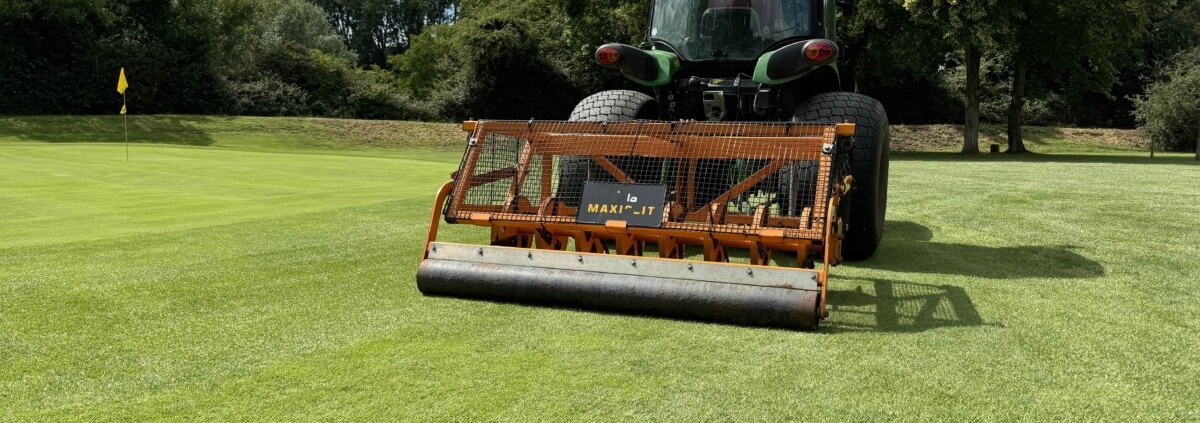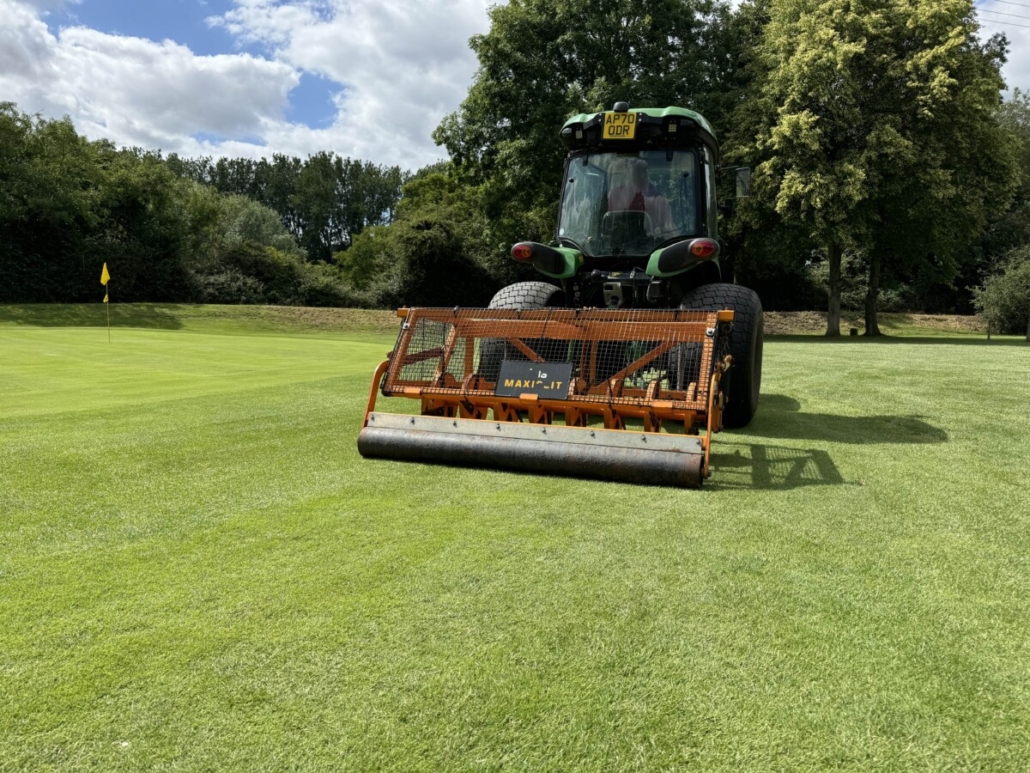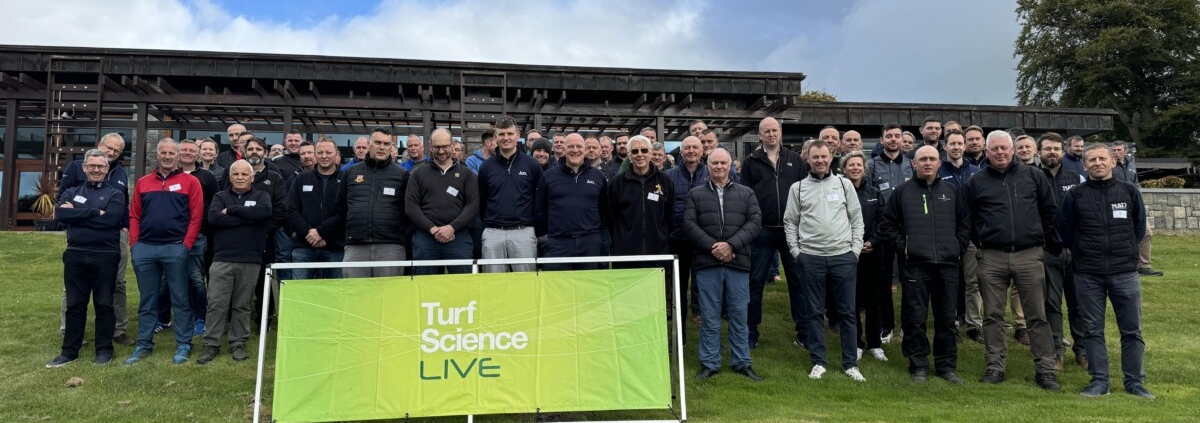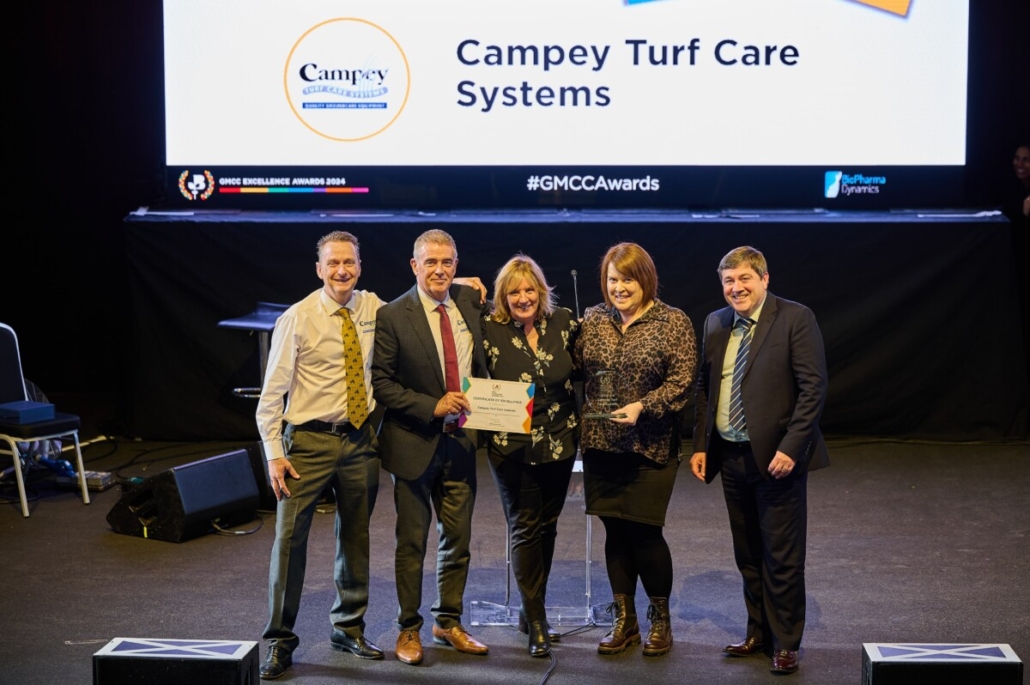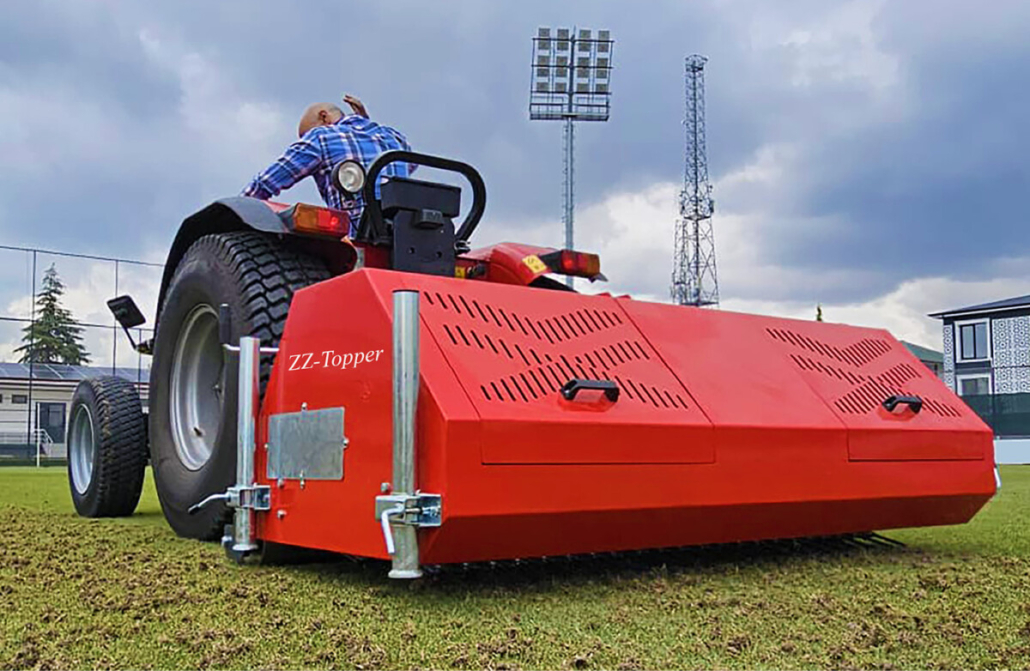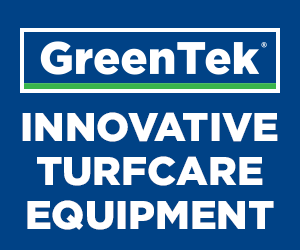Sovereign Turf Launches Xeris Turf
Sovereign Turf Launches Xeris Turf: Sovereign Turf, a leader in premium, sustainable turf solutions, proudly introduces Xeris Turf, a groundbreaking, drought and shade tolerant turf set to redefine the landscaping industry.
Xeris is the most innovative and unique turf solution in the landscaping market today. Delivering an array of benefits, Xeris brings together drought and shade tolerance, disease resistance, and impressive durability, all while maintaining striking visual appeal. This resilient turf redefines low-maintenance landscaping without comprising on quality or lawn space. Once established, Xeris requires minimal watering and reduced use of fertilisers, lowering its environmental impact and providing cost savings for users.
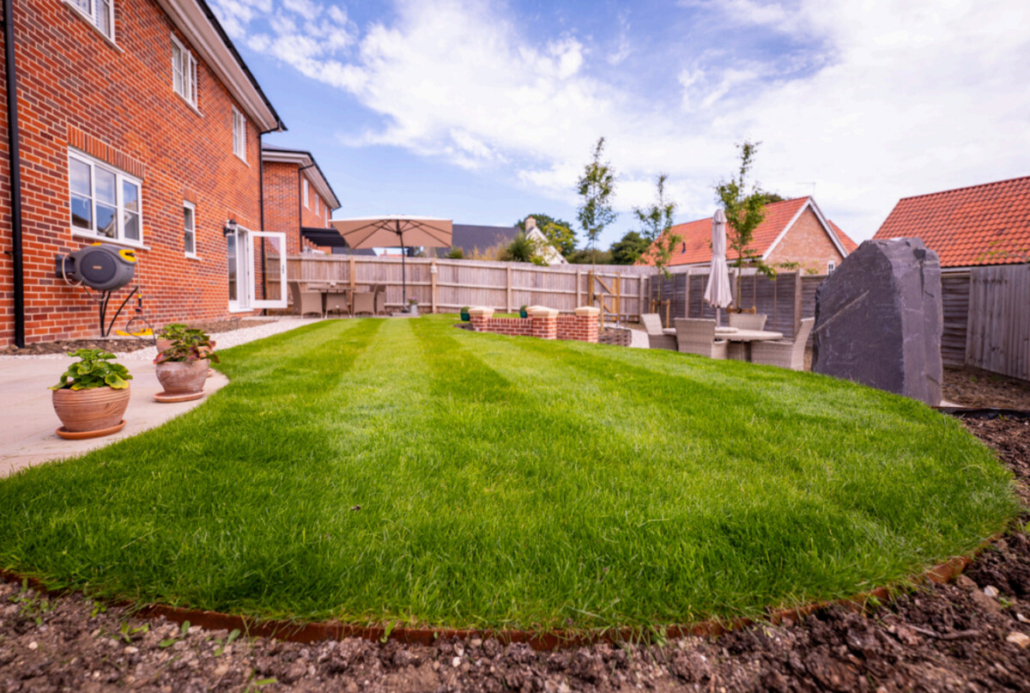
Sovereign Turf Launches Xeris Turf
With its unique blend of tall fescue and ryegrass, Xeris represents a major leap in sustainable landscaping. Recognised for its deep root system – the deepest in the industry – Xeris thrives in water-scarce conditions by tapping into previously unreachable moisture reserves. Although 2024 has been uncharacteristically wet, climate projections point to drier, hotter years ahead, where Xeris’s water efficiency and durability will make a real impact.
For homeowners and commercial property managers, Xeris offers a practical solution: a hard-wearing, low-maintenance lawn that thrives under daily use, including in high-footfall areas. With its rich color and medium texture, Xeris not only enhances curb appeal but also provides significant savings in water, fertiliser, and upkeep—making it as economical as it is beautiful.
“Xeris is more than just turf – it’s the future of sustainable landscaping,” says David Waring, CEO for Sovereign Turf. “Our commitment to innovation and quality has allowed us to create a product that meets environmental challenges head-on, without compromising on the durability and aesthetic appeal our customers expect.”
Customers can depend on Xeris for consistent quality, all year round. Grown on Suffolk’s sandy soils, Xeris turf maintains the lightweight and premium quality associated with Sovereign Turf.
Xeris Turf: Key Benefits
- Drought and Shade Tolerance.
- Unmatched Durability and Disease Resistance.
- Exceptionally Deep Roots.
- Resource-Efficient – requiring less fertiliser, water and maintenance, once established.
- Year-Round Availability and Consistent Quality.
- Cut and Delivered within 24 hours.
- Always Plastic Free.
- TGA Approved.
- The Grass is Greener with Xeris.
About Sovereign Turf
With a heritage of nearly 40 years, Sovereign Turf is a trusted supplier of consistent high-quality turf, all year round. Known for its customer-centric approach and commitment to sustainability, Sovereign Turf remains dedicated to offering products that reflect its values of environmental stewardship and uncompromising quality. Xeris is the latest in Sovereign’s range, setting a new standard for drought and shade tolerant, durable, and visually stunning turf.
For more information on Xeris Turf please contact Sarah Hollis on 07378 302873.
For the latest industry news visit turfmatters.co.uk/news
Get all of the big headlines, pictures, opinions and videos on stories that matter to you.
Follow us on Twitter and Instagram for fun, fresh and engaging content.
You can also find us on Facebook for more of your must-see news, features, videos and pictures from Turf Matters.


